PDF-ISSN 2029-8234 (online)VERSLO SISTEMOS ir EKONOMIKABUSINESS SYSTEMS an
Author : giovanna-bartolotta | Published Date : 2016-09-15
196 THE DICHOTOMY OF SELFACTUALIZATION AND SELFTRANSCENDENCERamnas ANAASMykolas Romeris University Ateities str 20 LT08303 Vilnius LithuaniaEmail rvanagasmrunieuAdomas
Presentation Embed Code
Download Presentation
Download Presentation The PPT/PDF document "ISSN 2029-8234 (online)VERSLO SISTEMOS i..." is the property of its rightful owner. Permission is granted to download and print the materials on this website for personal, non-commercial use only, and to display it on your personal computer provided you do not modify the materials and that you retain all copyright notices contained in the materials. By downloading content from our website, you accept the terms of this agreement.
ISSN 2029-8234 (online)VERSLO SISTEMOS ir EKONOMIKABUSINESS SYSTEMS an: Transcript
Download Rules Of Document
"ISSN 2029-8234 (online)VERSLO SISTEMOS ir EKONOMIKABUSINESS SYSTEMS an"The content belongs to its owner. You may download and print it for personal use, without modification, and keep all copyright notices. By downloading, you agree to these terms.
Related Documents

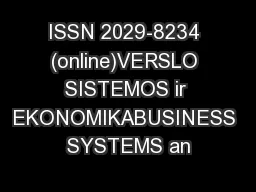
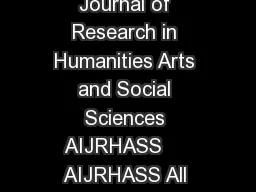
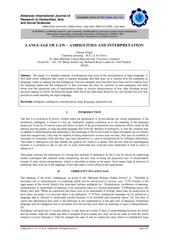
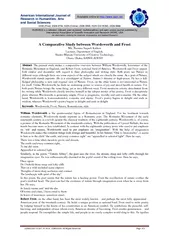

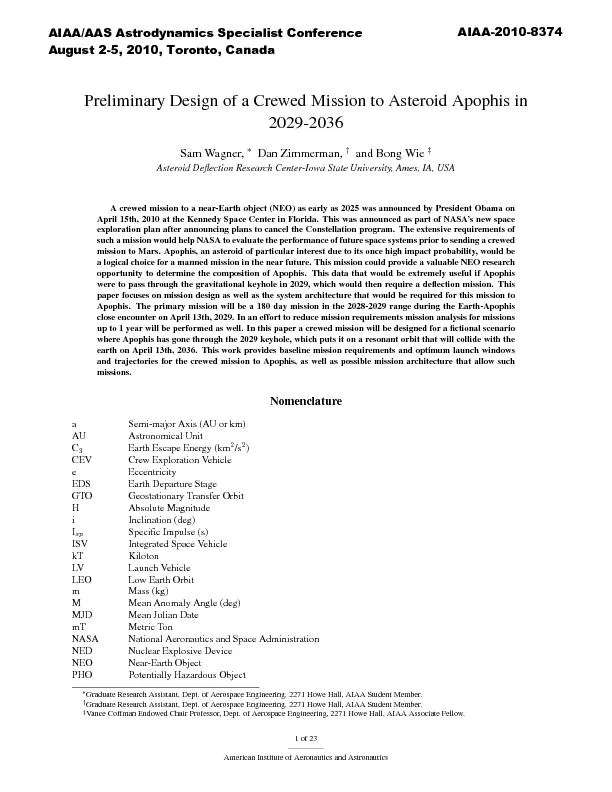
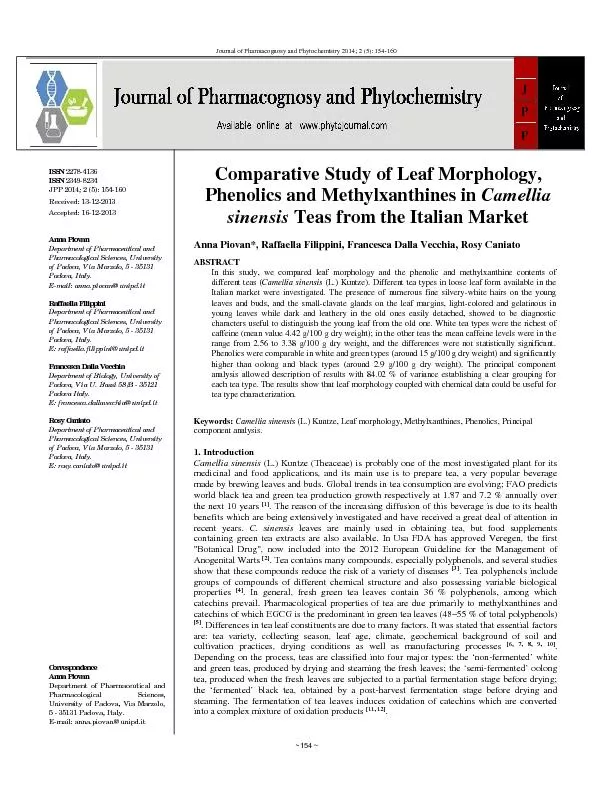




![[READ]-2025-2029 Five Year Planner HARDCOVER: 60 Months Calendar, 5 Year Appointment Calendar,](https://thumbs.docslides.com/987036/read-2025-2029-five-year-planner-hardcover-60-months-calendar-5-year-appointment-calendar-business-planners-agenda-schedule-organizer-logbook-and-journal-with-black-cover-2025-2029-monthly-planner.jpg)

